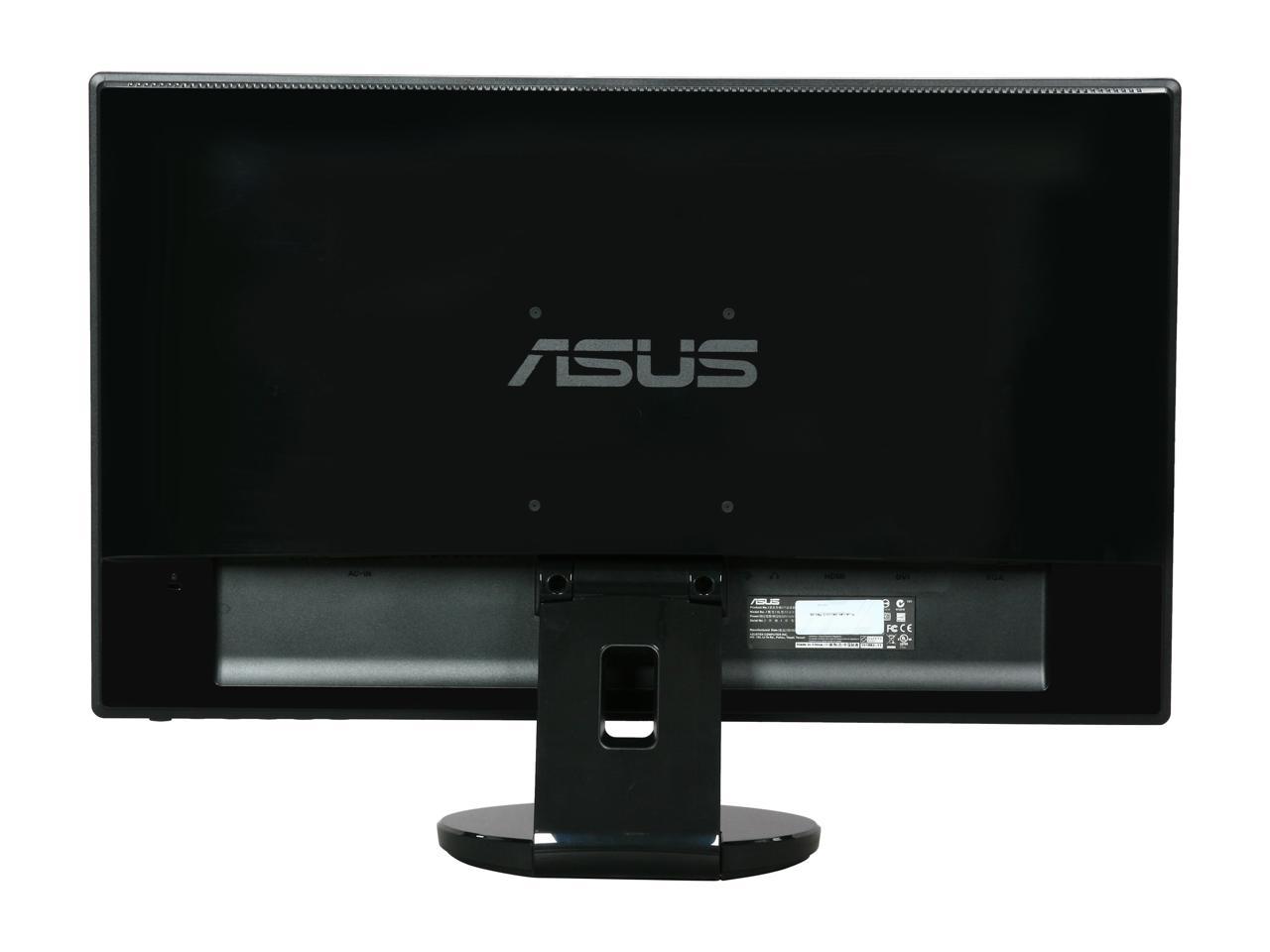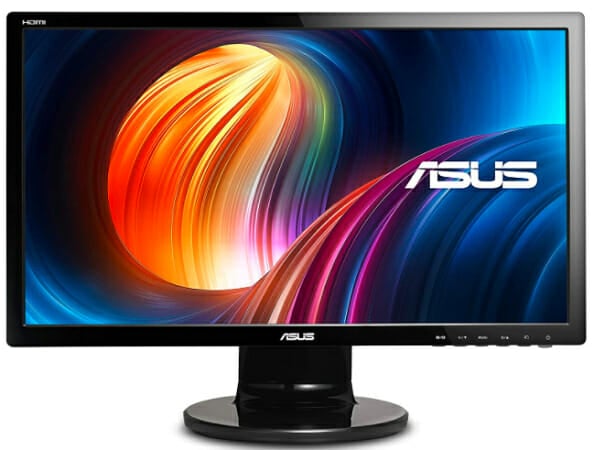
Information about the type of coating of the display. Information about the average amount of time, in which the pixels change from one color to another. Very often the manufacturer provides the response time for transition from grey-to-grey (G2G). Information about the minimum amount of time, in which the pixels change from one color to another. Information about the maximum vertical viewing angle, within which the image on the screen is of acceptable quality. Information about the maximum horizontal viewing angle, within which the image on the screen is of acceptable quality.

The dynamic contrast shows the ratio between the brightest and the darkest color, which the display can reproduce over time, for example, in the course of playing a video. The static contrast shows the ratio between the brightest and the darkest color, which the display can reproduce simultaneously, for example, within one and the same frame/scene. It is measured in candela per square metre (cd/m²). Information about the brightness of the screen. The NTSC (1953) color space is introduced in 1953 by the FCC with the appearance of color television and has a wider gamut than the sRGB. There are various backlights such as CCFL, LED, WLED, RGB-LED, and etc. The type of backlight determines the image quality and the color space of the display. The backlight is the source of light of the LCD display panels. With the decrease of the display size and the increase of its resolution, the pixel density increases. Information of the number of pixels in a unit of length. In displays, which have a native resolution (the TFT ones, for example), the pixel pitch depends on the resolution and the size of the screen. The pixel pitch shows the distance from the centers of two neighboring pixels. A higher resolution allows the display of a more detailed and of higher quality image. Information about the number of pixels on the horizontal and vertical side of the screen. Some of the standard and widely used aspect ratios are 4:3, 5:4, 16:9 and 16:10. The ratio between the horizontal and the vertical side of the display. The maximum number of colors, which the display is able to reproduce, depends on the type of the panel in use and color enhancing technologies like FRC. For example, by using FRC, a 6-bit display panel is able to show 16.7 millioin colors, which are typical for 8-bit display panels, and not the standard 262200 colors, instead. With quick cyclic switching between different color tones, an illusion for a new intermediate color tone is created. They provide 18-, 24-, and 30-bit color, respectively.įrame Rate Control (FRC) is a method, which allows the pixels to show more color tones. The most widely used panels are those with 6, 8, and 10 bits for each of the RGB components of the pixel. The image quality depends directly on the type of the display panel used. Each has its own specific features - viewing angles, color reproduction, response time, brightness/contrast, production cost, etc.

Information about the model of the panel used. Name of the manufacturer of the display panel. If the manufacturer does not provide such information, the height is calculated from the diagonal and the aspect ratio. If the manufacturer does not provide such information, the width is calculated from the diagonal and the aspect ratio.Īpproximate height of the display. If the manufacturer does not provide such information, the diagonal is calculated from the width and height of the screen.Īpproximate width of the display. Often this is the rounded value of the actual size of the diagonal in inches.Īpproximate diagonal size of the display. Size class of the display as declared by the manufacturer.

Even my crummy old Dell Inspiron laptop has a higher refresh rate.Display Information about the main characteristics of the display - panel, backlight, resolution, refresh rate, etc. I think I paid too much for this at BestBuy.
ASUS VE247H DISASSEMBLY 1080P
It was so expensive and I only get 1080p at 60hz. Vivid Pixel: 0 (This one is also crap, makes everything crap)ītw, this monitor sucks so much. Smart View: Off (This is crap, does nothing but make it more blurry) (Plus I have very bad eye vision so I can't tell a difference and ASUS puts useless features that make everything look like crap on this monitor so I seriously need help)īrightness: 20 (EDIT: Changed to 7 as it's so god dam bright, feels like a 10000 lumens of light is being shined at me at 20)Ĭolor Temp.: User Mode (R: 100, G:100, B:100) So I currently need help calibrating the monitor with no money and no time. The brightness is bright af if you use so I have to dim it down to around 10 or 20.

Hello! I'm currently using an ASUS VP247 monitor and I can't get the colours right and the right sharpness and contrast.


 0 kommentar(er)
0 kommentar(er)
